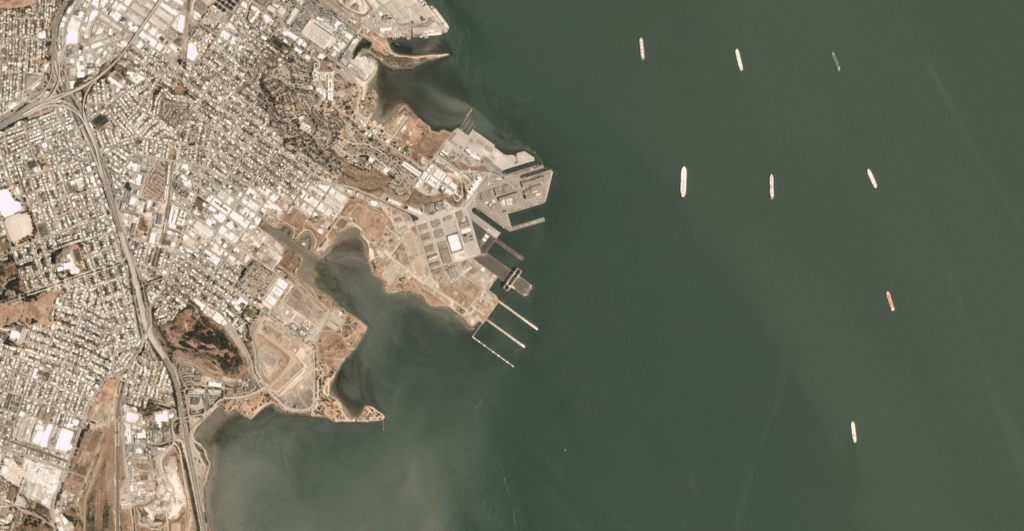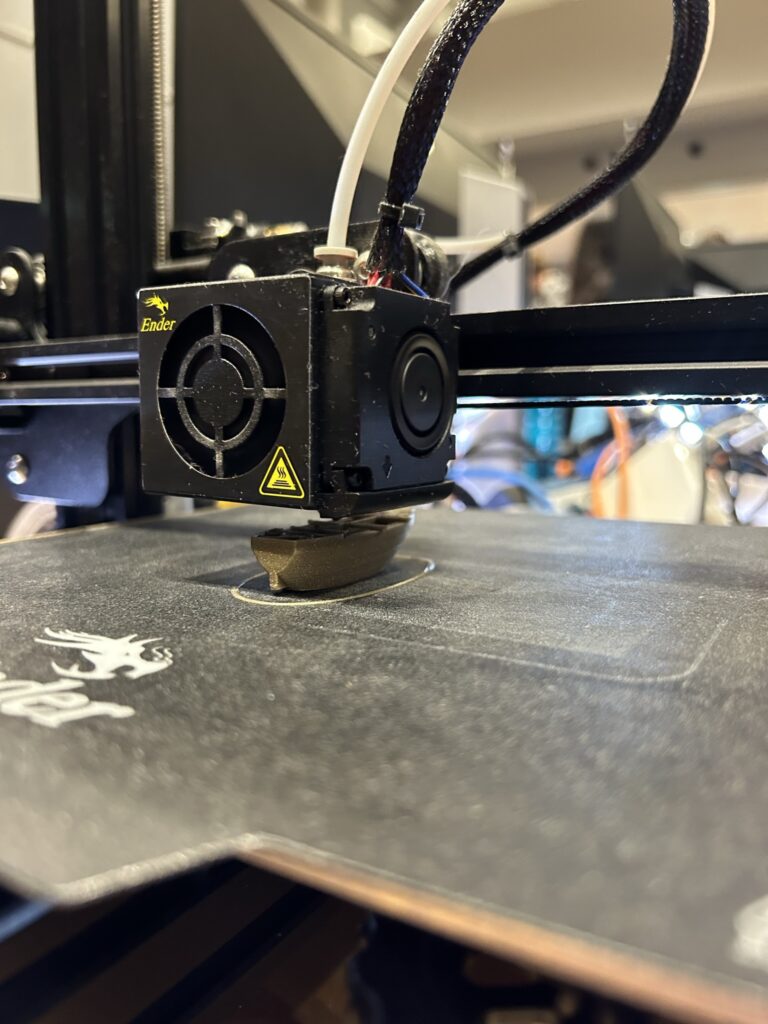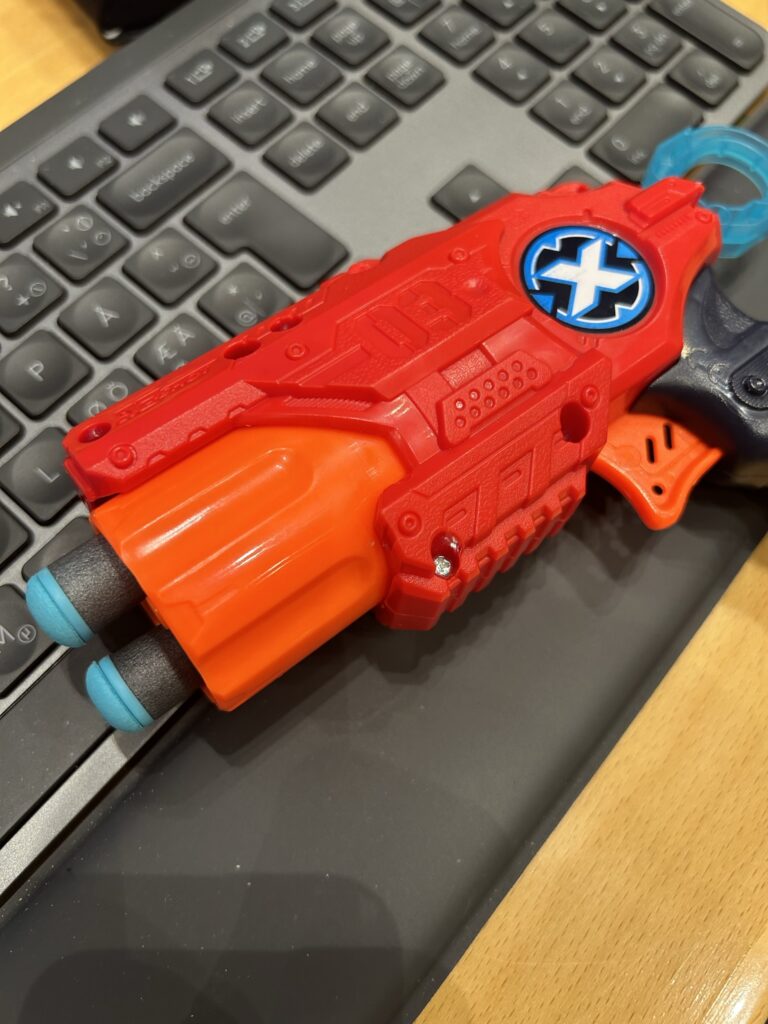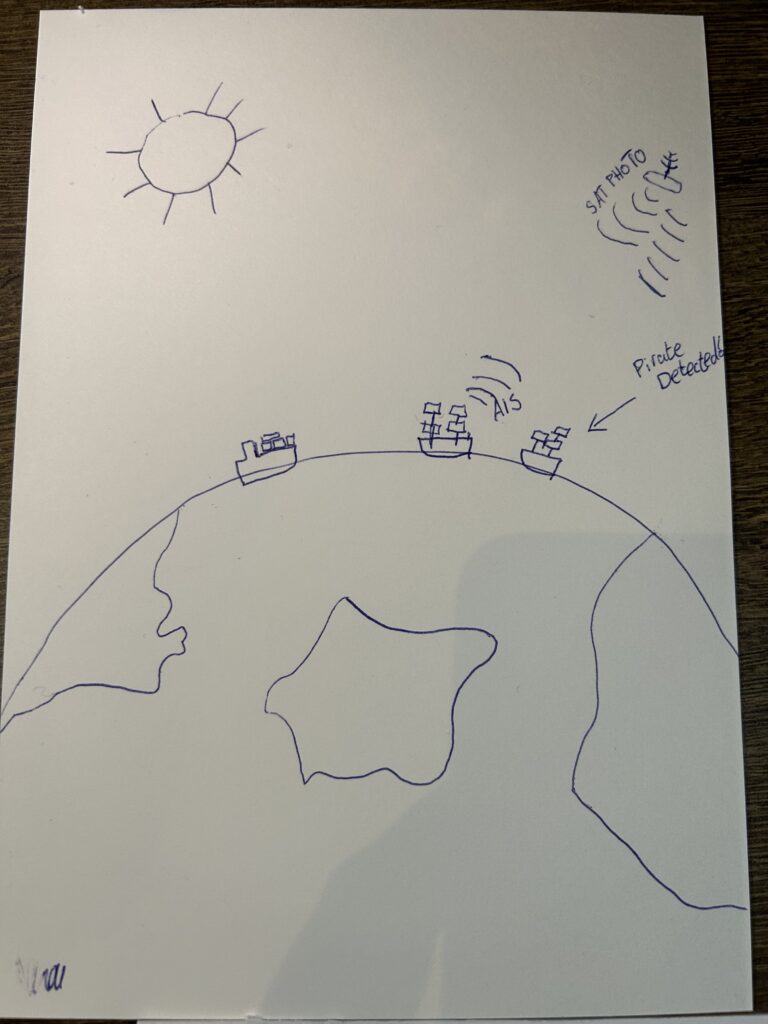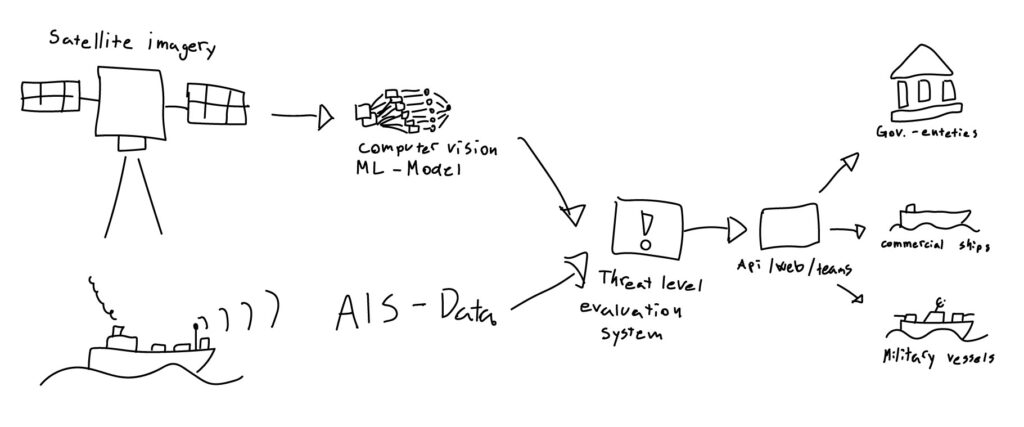We get satellite images from the Sentinel Hub API where we can get images from the coordinates we want. This makes it easy to compare images with AIS data from the same time period and coordinates.
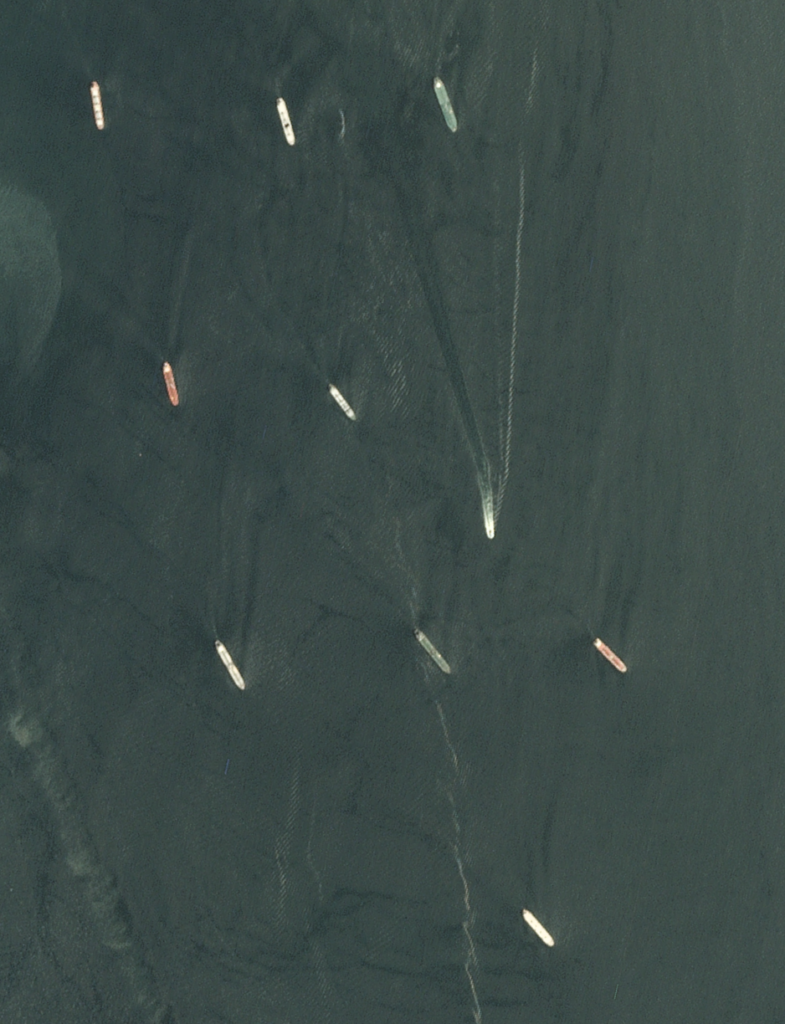

To identify ships from the satellite images, we need more eyes than we have available. So what’s better than letting the machines do the work.
We have developed our own ML code in Python to recognize ships. This will make it much more efficient than manually reviewing all the images.
Currently, the machine has 99% confidence in recognizing ships. It then creates a heat map that shows where it thinks (with 99% probability) there are ships.
Then it counts the number of ships and sends it on.

When we know how many ships are within a given area at a given time, it is easy to compare this with data from AIS.
Here we search through the API of the Norwegian Coastal Administration, where we can count the number of ships within the same time and area.

Using external data in this way provides great value for our customers as the threat at sea is significantly lower 💾🏴☠️







